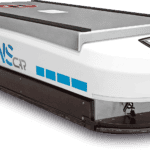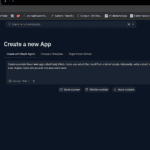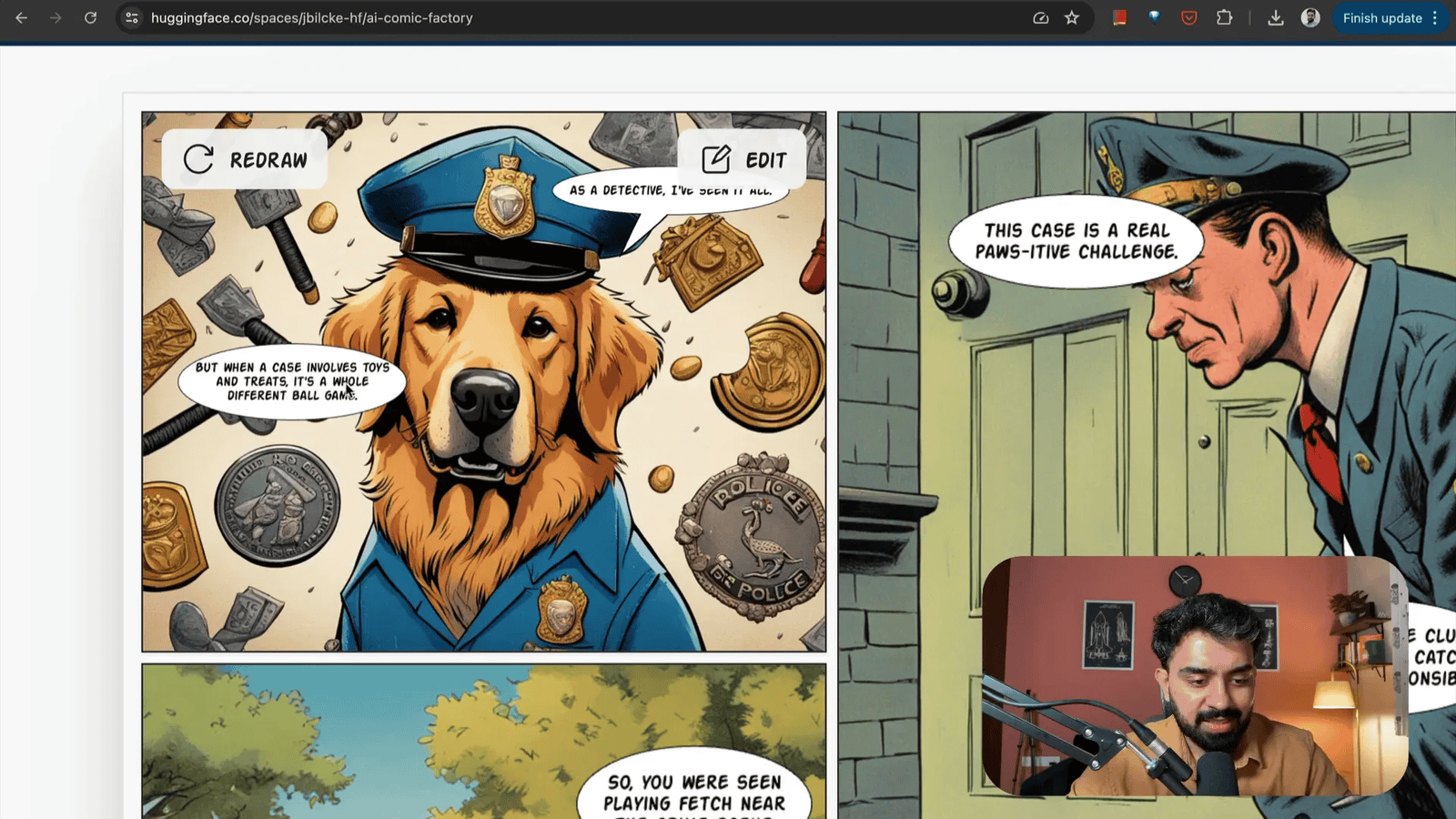In the world of coding and application development, a new trend has emerged that is transforming the way we create software—it’s called vibe coding. Coined by Andrej Karpathy, one of the founding members of OpenAI, vibe coding encourages developers to embrace the capabilities of advanced AI tools while minimizing the complexities traditionally associated with coding. This article delves into the fundamentals of vibe coding, breaking down its principles, frameworks, and practical applications. By the end, you’ll have a solid understanding of vibe coding, empowering you to harness its potential in your projects.
Table of Contents
- What is Vibe Coding?
- The Principles of Good Vibe Coding
- Applying Vibe Coding: Practical Examples
- Tips and Best Practices for Vibe Coding
- FAQs About Vibe Coding
- Conclusion
What is Vibe Coding?
Vibe coding represents a paradigm shift in programming. Rather than getting bogged down in the minutiae of syntax and structure, vibe coding allows developers to focus on the creative aspects of building applications. It utilizes AI models that can generate code based on natural language prompts. For instance, you might tell an AI, “Create a simple React web app called Daily Vibes where users can select their mood from a list of emojis,” and the AI generates the corresponding code for you. This approach fundamentally changes how we think about coding, making it more accessible and intuitive.
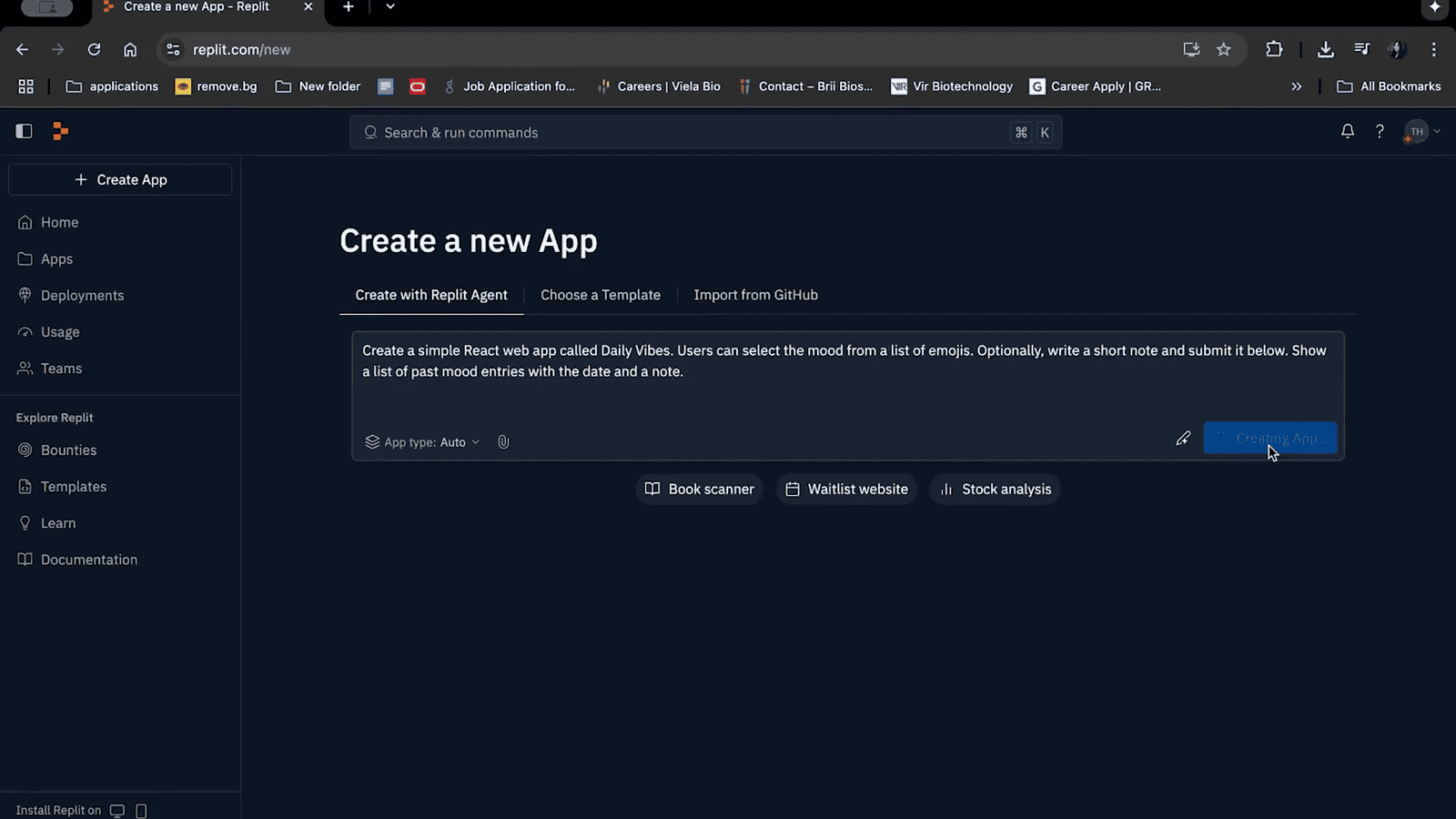
The Principles of Good Vibe Coding
While vibe coding simplifies many aspects of development, it is essential to understand that it is not a magic solution. There are fundamental principles that guide effective vibe coding practices:
1. Thinking
Before you even start coding, it’s crucial to think thoroughly about what you want to build. This involves multiple levels of thinking:
- Logical Thinking: Identify the core objective. What is the game or application you want to create?
- Analytical Thinking: Understand how to play the game. What are the main objectives and rules?
- Computational Thinking: Break down the logic into manageable problems. How will the application enforce rules and manage data?
- Procedural Thinking: Consider how to excel in the application. What strategies will you employ to ensure success?
By engaging in these levels of thinking, developers can better articulate their ideas to AI, increasing the likelihood of successful outcomes.
2. Frameworks
Frameworks are pre-existing solutions that can streamline your development process. Familiarizing yourself with popular frameworks allows you to guide the AI in generating effective code. For example, if you are building a web app, you might specify that you want to use a React backend and Tailwind CSS for styling. This helps the AI understand the context and direction of your project.
3. Checkpoints and Version Control
Version control is essential in any development process. Things will break, and you don’t want to lose all your progress. Tools like Git and platforms such as GitHub provide a safety net. If you’re using an AI coding environment, make sure to regularly save your work and create checkpoints to revert to if necessary.
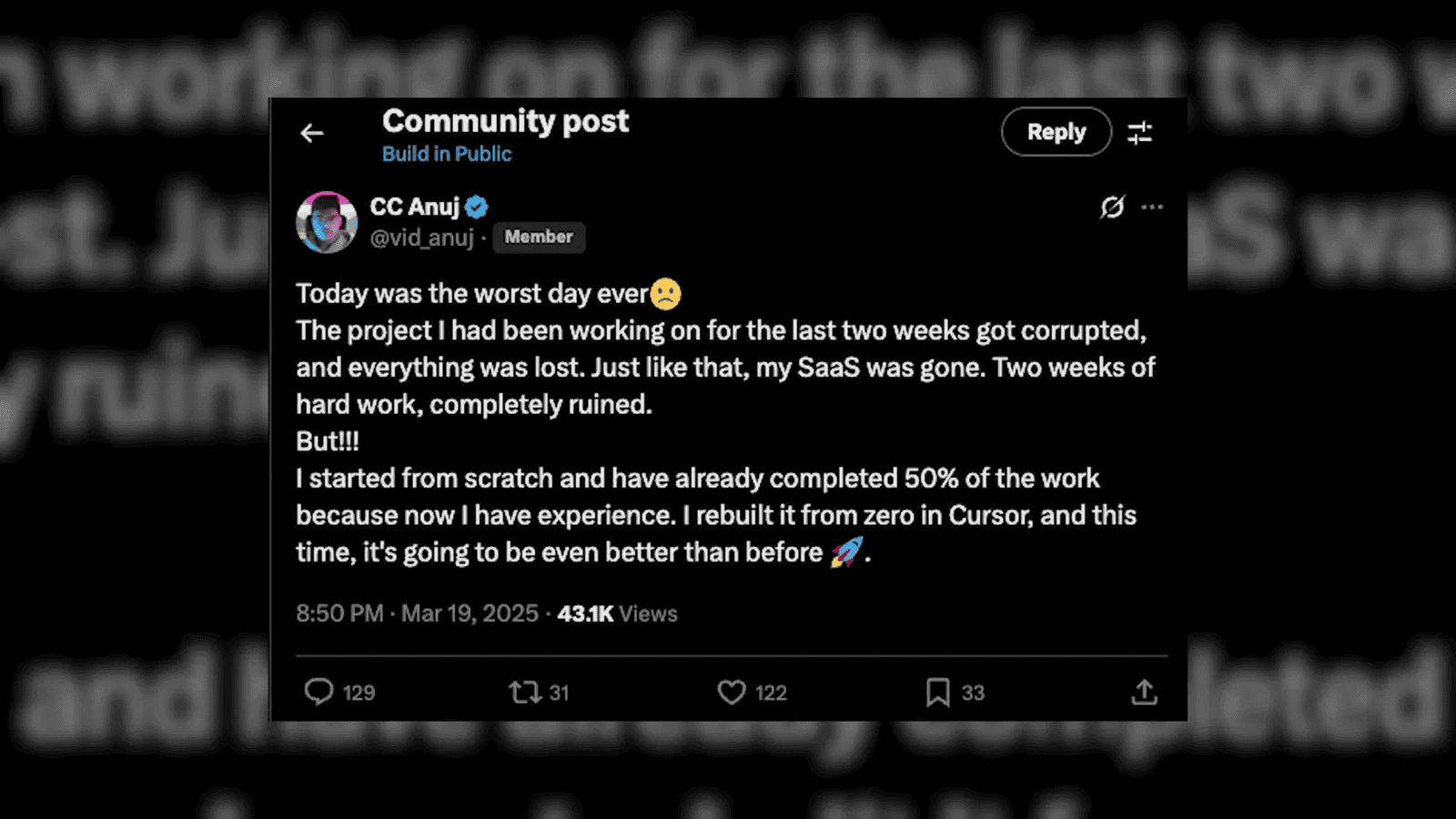
4. Debugging
Debugging is an inevitable part of the development process. When something goes wrong, a methodical approach is crucial:
- Identify the problem and its location.
- Use AI to suggest potential solutions.
- Implement the fixes and test to see if the issue is resolved.
Understanding the underlying structure of your code will help you pinpoint issues more effectively, making debugging a less daunting task.
5. Context
The more context you can provide to the AI, the better the results. This could include detailed prompts, examples, or even mockups of what you envision. If something doesn’t work, instead of saying, “This doesn’t work,” provide the AI with the error message and a description of what you expected to happen.
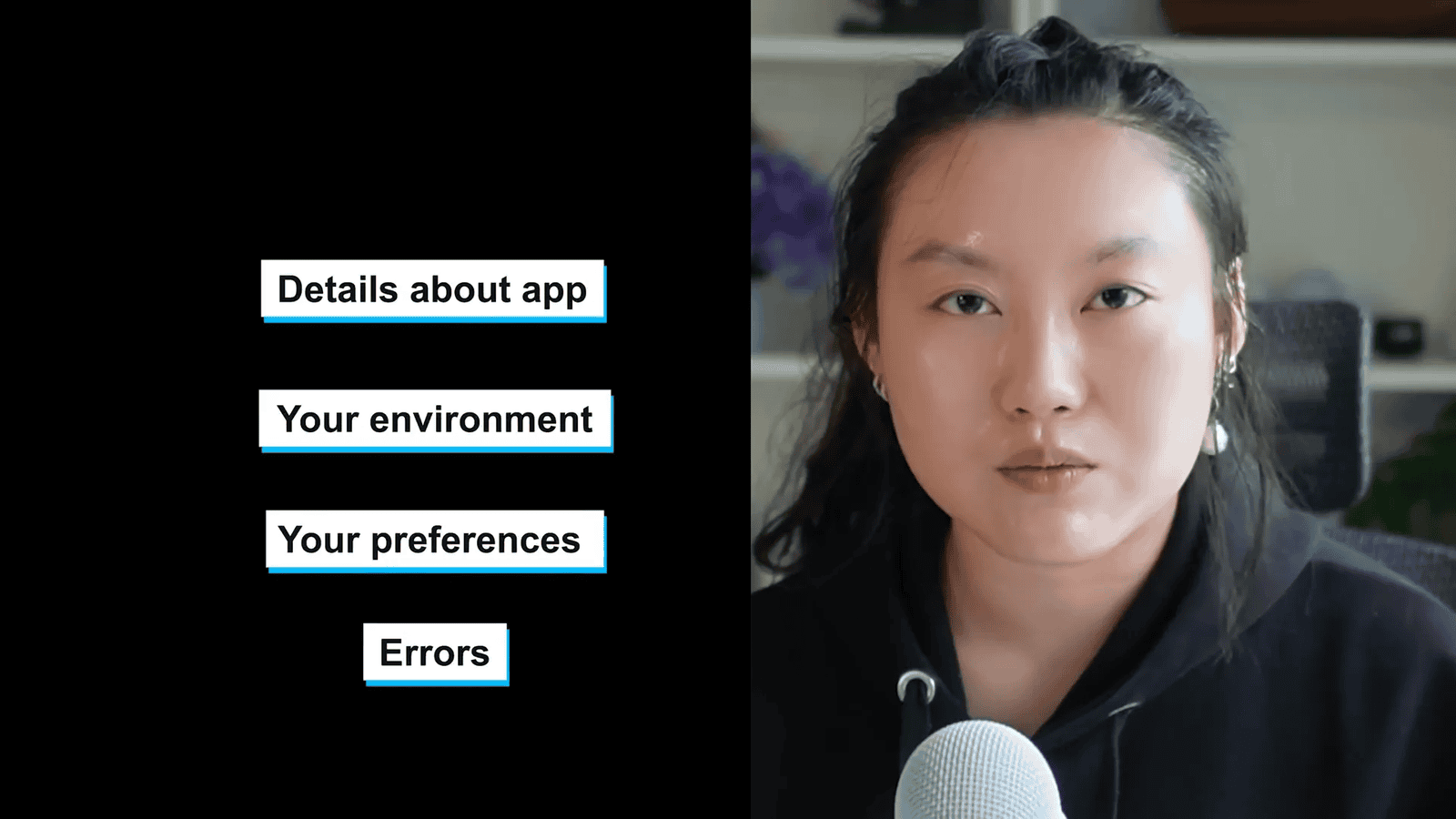
Applying Vibe Coding: Practical Examples
Now that we understand the principles, let’s explore how to apply vibe coding in real-world scenarios. We will look at two popular platforms: Replit and Windsurf.
Using Replit for Vibe Coding
Replit is an online IDE that enables users to code and deploy applications quickly. It is particularly beginner-friendly and offers several features that make vibe coding easier. Here’s how you can use Replit to create a simple app:
- Begin by defining your project. For example, create a PRD (Product Requirements Document) for an app that displays SEO meta tags for any website.
- Use a prompt to guide the AI in generating the necessary code.
- Once the code is generated, test the application and make adjustments as needed.
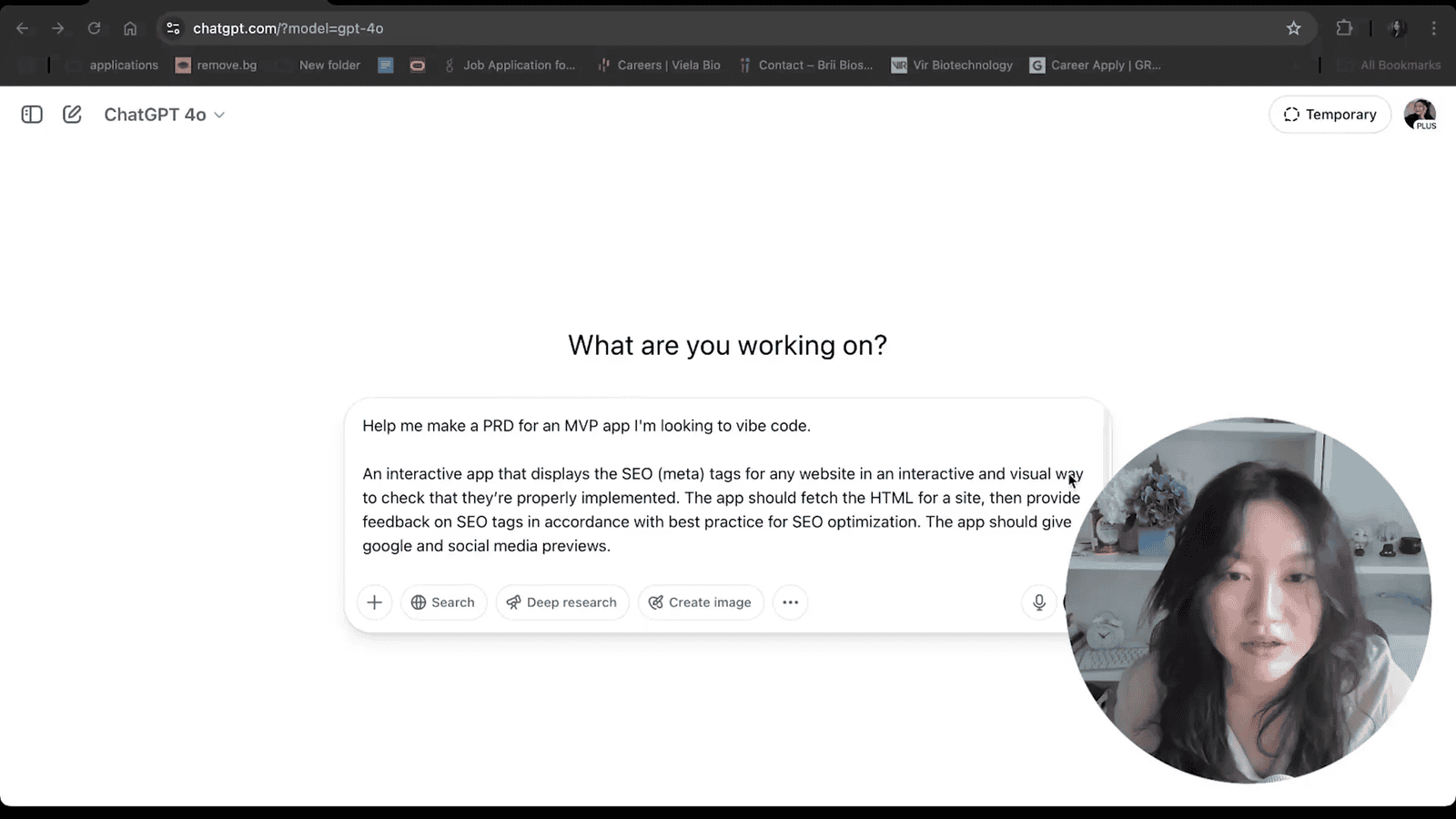
Comparing Vibe Coding Tools: Replit vs. Windsurf
After getting accustomed to Replit, many developers may find themselves transitioning to more advanced platforms like Windsurf. While Replit is excellent for simple projects, Windsurf offers greater scalability and functionality. However, it comes with a steeper learning curve. Here’s a comparison:
- Replit: Fast, cloud-based, and user-friendly.
- Windsurf: More robust features and better suited for complex applications but requires more setup and understanding of local environments.

Tips and Best Practices for Vibe Coding
As you embark on your vibe coding journey, keep these tips in mind:
- Start Small: Focus on creating a minimal viable product (MVP) before adding complex features.
- Understand Your Environment: Familiarize yourself with the tools you are using, whether it’s Replit, Windsurf, or others.
- Iterate: After your MVP is functional, incrementally add features and improvements.
- Documentation: Maintain clear documentation for your code to help you and others understand your work.
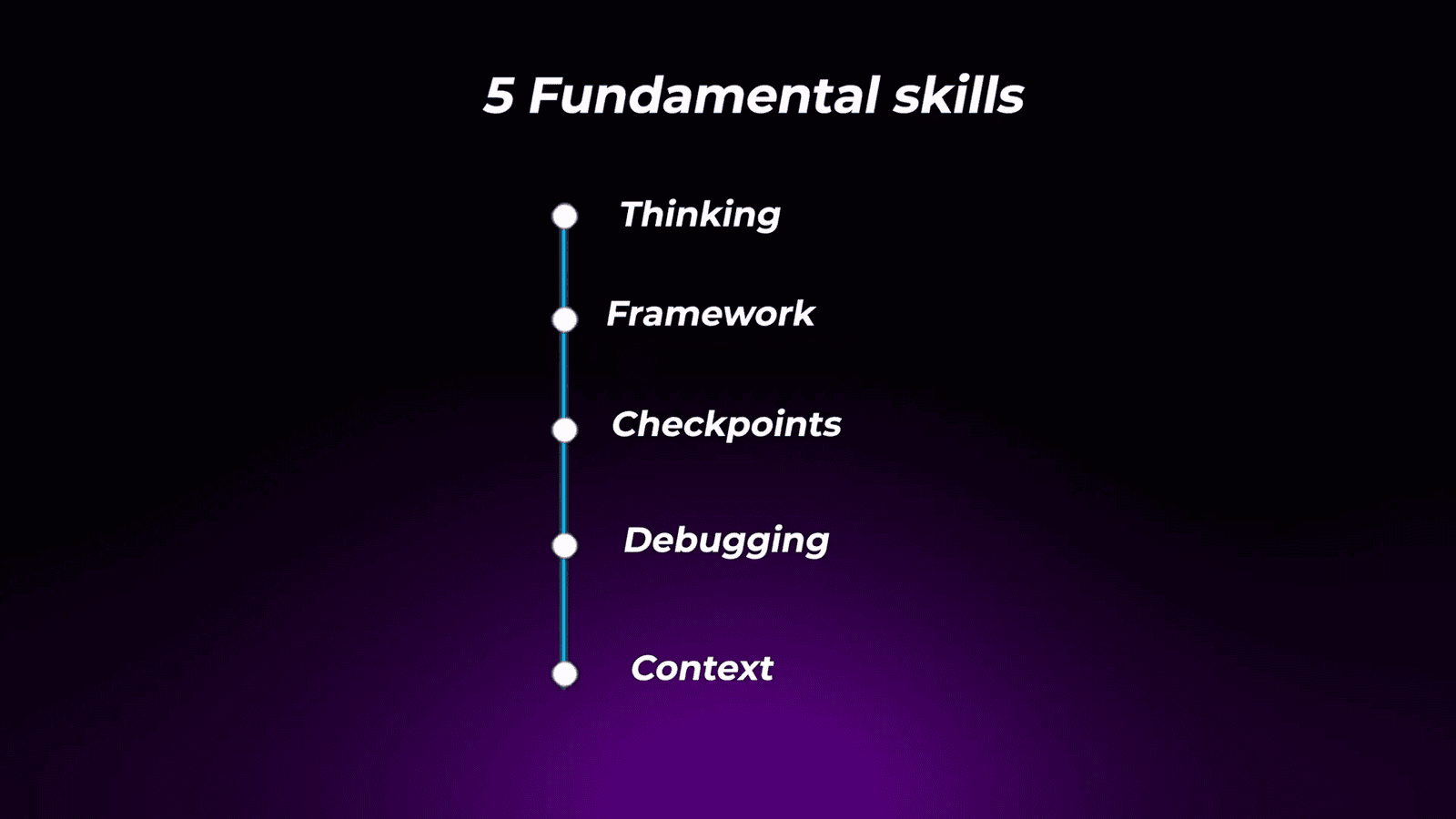
FAQs About Vibe Coding
What is vibe coding?
Vibe coding is a new approach to programming that leverages advanced AI tools to generate code based on natural language prompts, allowing developers to focus on creativity rather than syntax.
How can I get started with vibe coding?
Begin by familiarizing yourself with the principles of vibe coding, then choose a platform like Replit or Windsurf to start building your applications.
What are the benefits of vibe coding?
Vibe coding simplifies the development process, making it more accessible, especially for beginners. It also speeds up the coding process by allowing developers to generate code quickly based on their ideas.
Conclusion
Vibe coding is not just a trend; it is a transformative approach to application development. By understanding its principles and applying them through platforms like Replit and Windsurf, developers can unlock new levels of creativity and efficiency. Embrace the vibes, and happy coding!
For more insights and resources on vibe coding, feel free to check out my workshop and join the conversation in the comments!
This blog post is inspired by the video Vibe Coding Fundamentals In 33 minutes. All credit for the video content goes to the original creator. Be sure to check out their channel for more amazing content!


